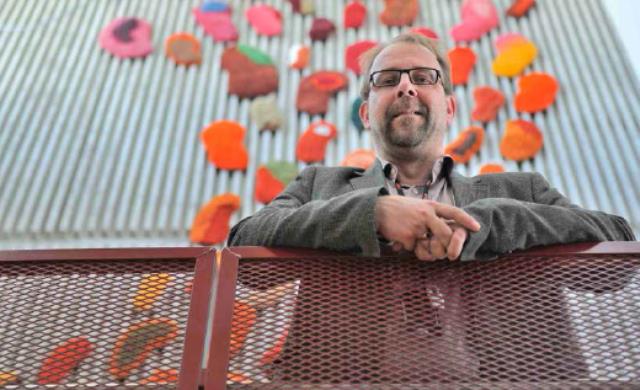
Violent offenders
From the outside, Helix looks like a modern office complex on a hill nestled amid beautiful, unspoiled scenery. From the large windows of the patients’ rooms, you can gaze out for miles over a panorama of spruce and pine forests. Helix, opened in December 2012, is a forensic psychiatric care facility. Many of its patients have committed violent crimes.
In addition to the care facility, Helix also houses an assessment department and an outpatient department, both focused on forensic psychiatry. Helix, located in beautiful natural surroundings in Flemingsberg, south of Stockholm, is one of Sweden’s most modern forensic psychiatric care facilities. Helix combines high levels of security with a healing, sound-friendly interior for violent offenders.
The Building
The complex consists of four buildings and extensive grounds. If you look more closely in the forest near the main building, you can see that the site is surrounded by a six-metre-high wall, a security fence and numerous surveillance facilities. Security is rigorous, but the patients’ rooms are located higher up the hill, so the wall and other installations do not encroach on the view.
We know that architecture, space, sound, colors and light can have a positive effect on the human psyche,” says Magnus Kristiansson, Deputy Director and Unit Manager at the Stockholm region’s forensic psychiatric care service. “The big windows in the wards and the patients’ rooms provide natural daylight from all directions. Patients can feel the day progressing as they look out over calming scenery,” observes Anna Rolf, the architect who designed the facility.
In spite of the large, open spaces, noise levels in the common room are fairly low. “Thanks to good space planning and the use of noise-reducing materials, we’ve managed to create a space that violent offenders enjoy being in,” says Magnus Kristiansson.
The minimalistic interior design
of the bright, spacious wards features natural materials in harmonious colours. There is a lot of wood. The floor and ceiling are sound-absorbent. “We’ve created an environment that will age gracefully,” says Anna Rolf, the architect who designed the facility.
Requirements concerning acoustics and noise levels for each of the 600 rooms at Helix were laid down at the planning stage. “We had to make some compromises to meet the requirements,” notes Magnus Kristiansson.
One example is the sound-reducing thresholds that were installed, which have made it more difficult to use trolleys to deliver meals, medication and other items.
Read the full story on healing environment and violent offenders and watch the video about the case in the new digital ECO Magazine Healthcare Edition (completely free)
Join the conversation about healthcare sound environments online by using #SafeAndSound

